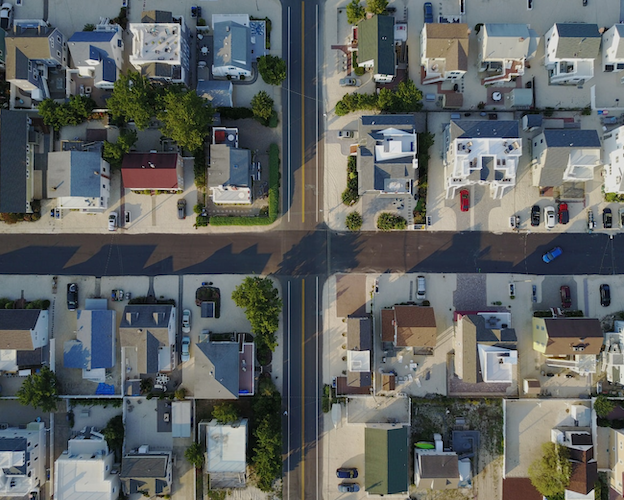In particular we focus on getting the loan structure right the first time, choosing which lenders to use in the right order (yes this is important) and finally getting our clients the best deal possible.
Principal and Interest
"Principal" and "interest" are two key components of a mortgage loan.
The principal is the original amount of money borrowed or the outstanding balance of a loan. It represents the initial loan amount before interest is added.
Interest is the cost of borrowing money. It is the additional amount that the borrower pays on top of the principal as compensation to the lender. Interest is usually calculated as a percentage of the outstanding principal and is expressed as an annual percentage rate. The interest on a loan accrues over time and is a key factor in determining the total cost of the loan. In most loan payment structures, the interest portion of the payment is higher at the beginning of the loan term and decreases over time as the outstanding principal decreases.
Having principal and interest repayments means you are paying off the amount you borrowed (principal) as well as the interest.
Learn MoreMost lenders calculate interest daily on your home loan and then multiply it by the number of days in that particular month. You will need to have your loan balance, your interest rate and loan term left to work out what interest you will pay each month.
Learn More






























